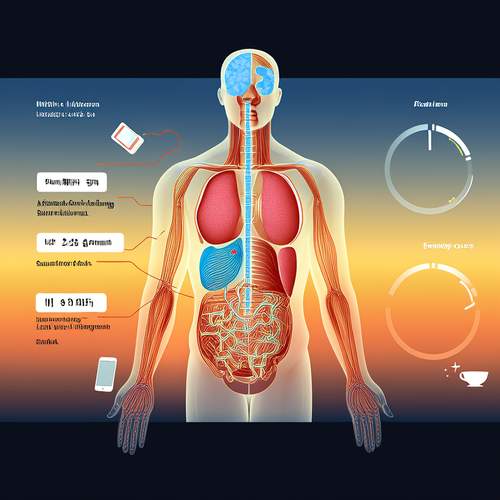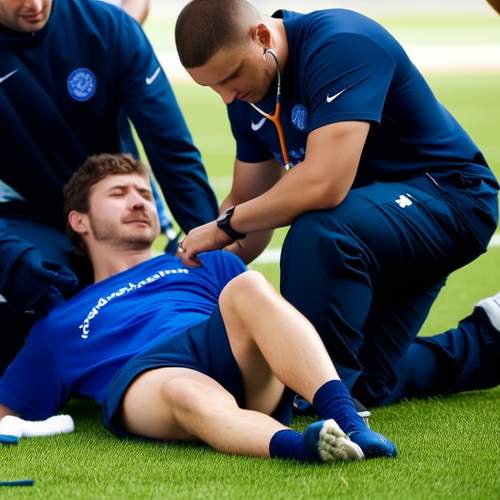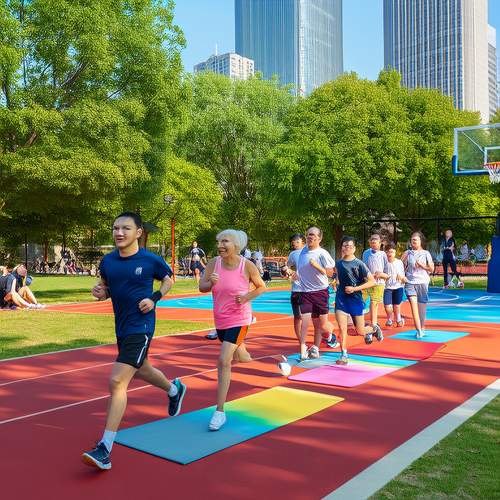Sports injuries are an inevitable part of athletic life, whether you're a professional athlete or a weekend warrior. The way these injuries are managed in the initial moments can significantly impact recovery time and long-term outcomes. Understanding the principles of first aid for sports injuries is crucial for coaches, trainers, and even fellow athletes who might find themselves in a position to help.
The moment an injury occurs, the body's natural response is to initiate inflammation. While this is a necessary part of healing, excessive swelling can cause additional damage to tissues. This is where immediate first aid becomes vital. The traditional RICE method (Rest, Ice, Compression, Elevation) has been the cornerstone of sports injury management for decades, though recent adaptations like the POLICE principle (Protection, Optimal Loading, Ice, Compression, Elevation) have gained traction among sports medicine professionals.
Soft tissue injuries, including sprains, strains, and contusions, account for the majority of sports-related damage. When a muscle or ligament is overstretched or torn, the affected area typically becomes painful, swollen, and discolored. Immediate application of ice can help constrict blood vessels, reducing both bleeding within the tissue and swelling. However, it's crucial to wrap the ice in a cloth to prevent frostbite and limit application to 15-20 minutes at a time.
Joint injuries present their own unique challenges. A sudden twist or impact can lead to dislocations or ligament damage, particularly in weight-bearing joints like knees and ankles. The priority in these cases is to immobilize the joint to prevent further injury. While waiting for professional medical help, creating a simple splint from available materials can stabilize the affected area. Never attempt to force a dislocated joint back into place, as this can cause additional damage to surrounding nerves and blood vessels.
Head injuries demand particular attention in sports settings. Concussions, though often considered mild traumatic brain injuries, can have serious consequences if not properly managed. Any athlete who experiences loss of consciousness, confusion, dizziness, or nausea after a head impact should be immediately removed from play. The "when in doubt, sit them out" principle should always apply, as the effects of concussions are cumulative and second impact syndrome can be life-threatening.
Fractures are less common but more severe injuries that require specialized care. The telltale signs include deformity, inability to move the affected limb, and sometimes a grating sensation. While waiting for emergency services, the focus should be on immobilizing the injury and preventing movement that could worsen the damage. In cases of open fractures where the bone penetrates the skin, covering the wound with a clean dressing to prevent infection becomes a priority.
Environmental factors often contribute to sports injuries, with heat-related illnesses being particularly dangerous. Exertional heat stroke is a medical emergency characterized by a core body temperature above 104°F and altered mental status. Immediate cooling through ice baths or cold water immersion can be life-saving in these situations. Conversely, cold weather brings risks of hypothermia and frostbite, requiring different first aid approaches focused on gradual rewarming.
The psychological aspect of sports injuries is frequently overlooked in first aid scenarios. An injured athlete often experiences fear, frustration, or anxiety about their condition and recovery prospects. Providing reassurance while waiting for medical attention can help stabilize their emotional state. Simple acts like explaining what's being done and why can go a long way in keeping the injured person calm and cooperative.
Preparation is key to effective sports injury management. Every team or sports facility should have a well-stocked first aid kit that includes items like sterile dressings, elastic bandages, instant cold packs, and splinting materials. More importantly, there should always be someone present who has received proper training in sports first aid and CPR. Many serious outcomes can be prevented when knowledgeable individuals are prepared to act quickly and appropriately.
Recovery from sports injuries doesn't end with initial first aid. The rehabilitation process is equally important in restoring function and preventing re-injury. While not strictly part of emergency care, understanding the basic principles of progressive loading and functional recovery can help first responders provide better guidance about what to expect in the days following an injury.
Technology has begun to transform sports injury first aid in recent years. Portable ultrasound devices can help assess soft tissue damage on the field, while telemedicine options allow for immediate consultation with specialists. However, these advancements don't replace the fundamentals of good first aid practice—they simply enhance the ability to make informed decisions about injury management.
Ultimately, the goal of sports injury first aid is to minimize damage, alleviate pain, and set the stage for optimal recovery. While professional medical care is often necessary for serious injuries, those first critical minutes before help arrives can make all the difference. By understanding and applying these principles, anyone involved in sports can contribute to safer athletic environments and better outcomes when injuries do occur.

By /May 21, 2025

By /May 21, 2025

By /May 21, 2025

By /May 21, 2025

By /May 21, 2025

By /May 21, 2025

By /May 21, 2025

By /May 21, 2025

By /May 21, 2025

By /May 21, 2025

By /May 21, 2025

By /May 21, 2025

By /May 21, 2025

By /May 21, 2025

By /May 21, 2025

By /May 21, 2025

By /May 21, 2025

By /May 21, 2025

By /May 21, 2025

By /May 21, 2025